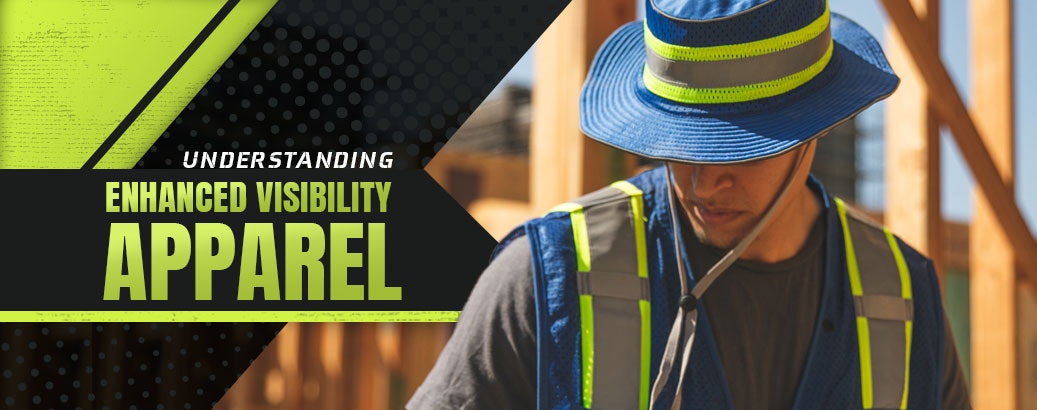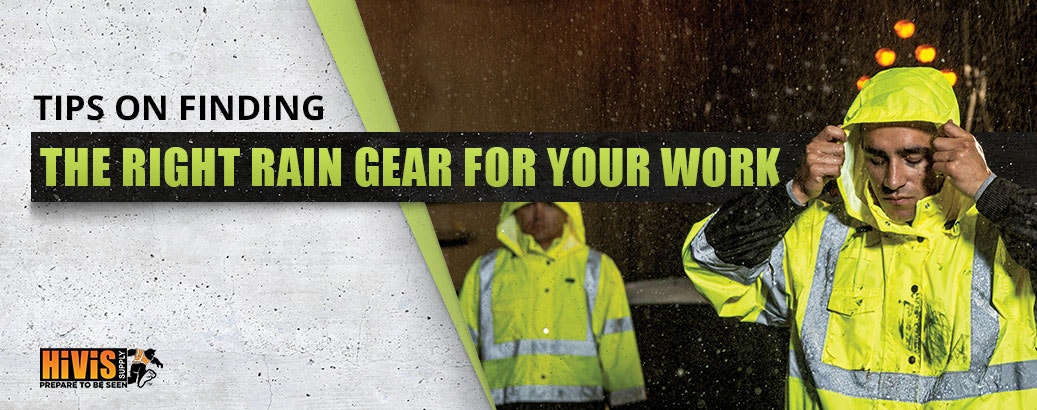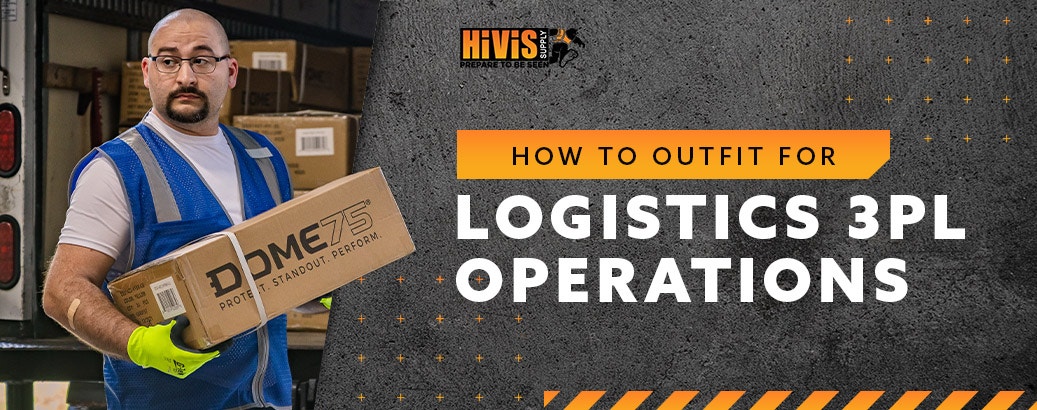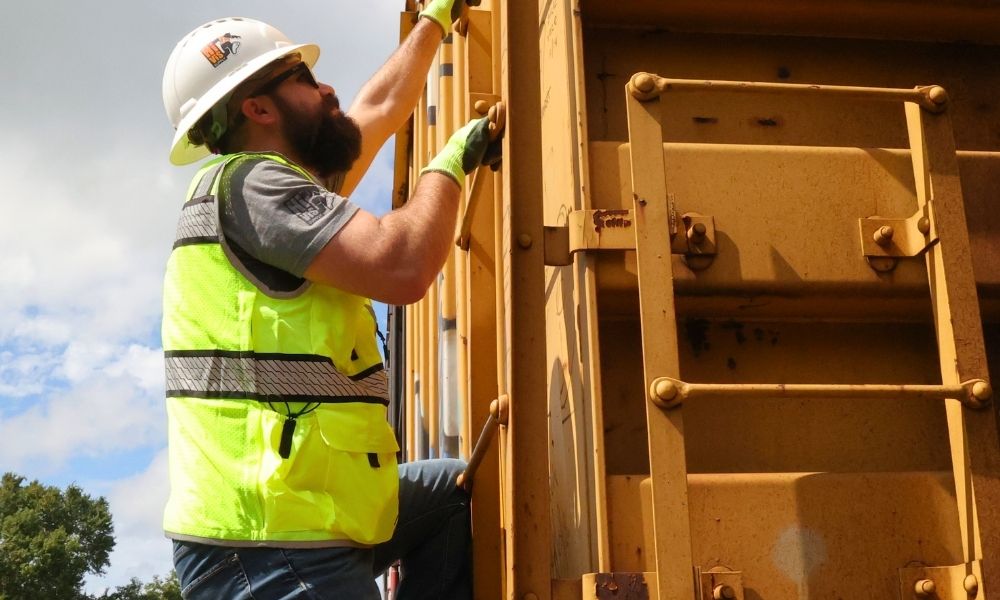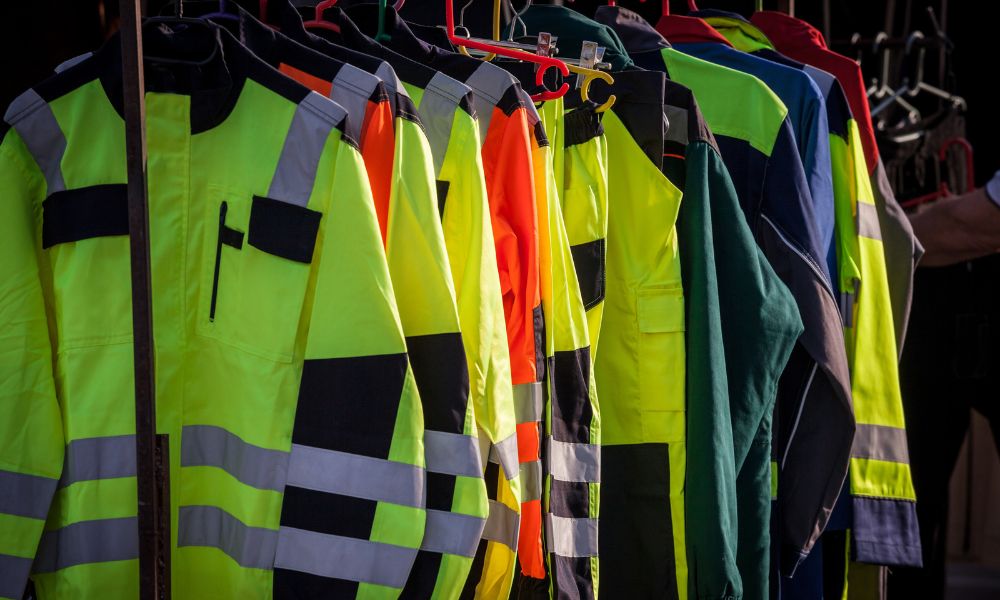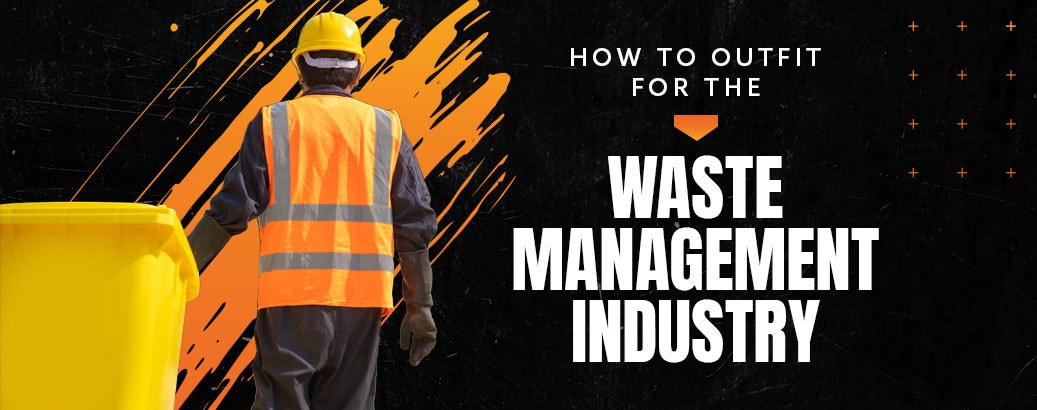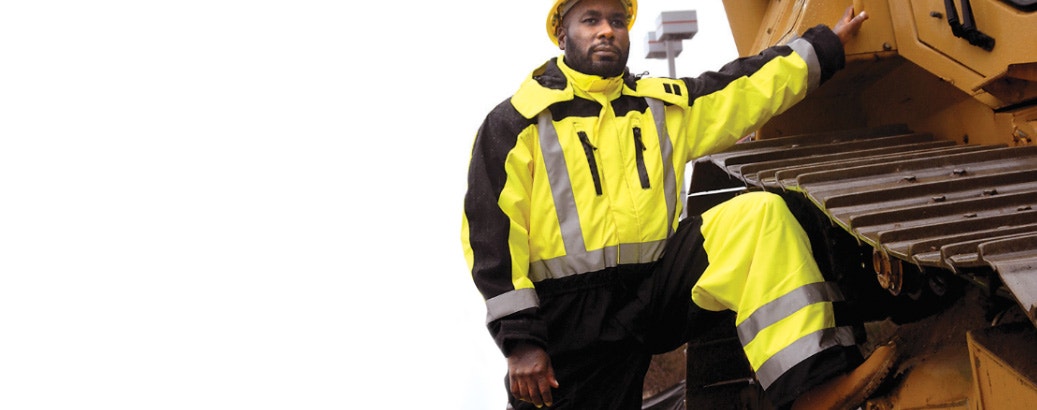What Is the Difference in Reflective Tapes?
- By HiVis Supply
- Dec 22, 2020
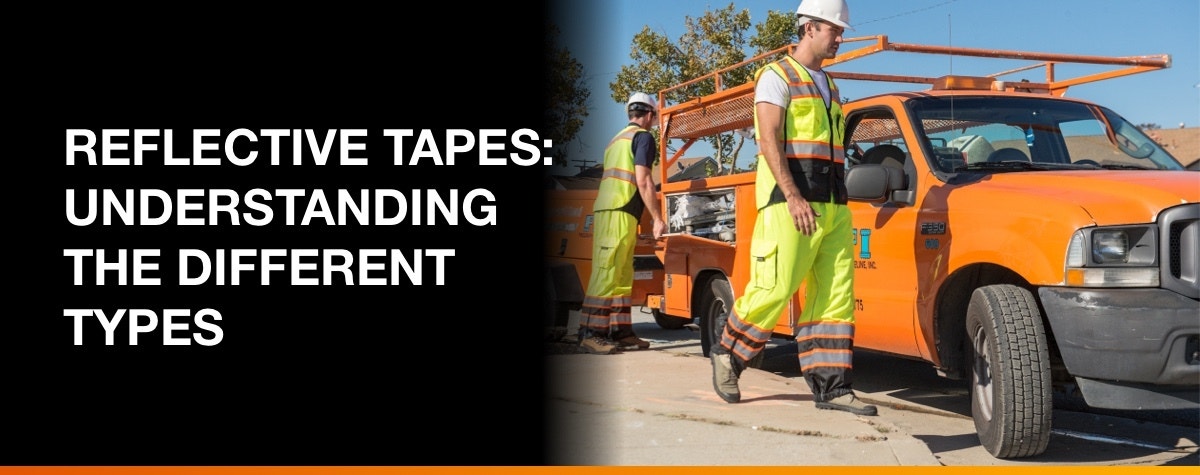
If someone ever tells you that your actions “reflect well on you,” they mean that you’ve done the right thing and made yourself look good. Congratulations! But when you’re on the job site, the best look of all is a look that is literally… well, reflective.
High visibility safety apparel is designed with reflective material that helps keep workers of all kinds safer on the job site. Reflective tape is an essential element for any garment to comply with the ANSI 107 standard. The retro-reflective tape is designed to improve visibility in low light conditions by catching reflecting backlight in a way that it draws attention. It’s one of the most important high-visibility clothing materials ever developed, and you’ll find it used in reflective vests and other workplace PPE around the world. Which kinds of reflective tapes are out there, and how are they alike and different? We’ll answer that question—after we review the must-know facts about reflective tape.


The Basics of Reflective Tape
The basic idea of reflective tape is to reflect light back toward its source. Here’s a practical example of how that protects workers on the job:
Imagine that a member of a road work crew is working at night without wearing a reflective vest. A person passing by in a car—who may already be distracted—might not see the worker until it’s too late because their headlights don’t sufficiently reflect off what the worker is wearing, thus making visual identification harder. The result can be severe injuries or worse for the worker.
Now imagine that the worker is wearing a high-visibility vest or shirt with reflective tape. When a car approaches, its headlight beams will hit the reflective tape on the worker’s vest. The special materials used to make the reflective tape will bounce the light back at the driver. This produces a sparkling, flashing effect that catches the driver’s attention without blinding them.
Reflective tape helps keep workers safe on the job, especially in hazardous environments like night-time road work. The ANSI 107 standard requires certain amounts of reflective tape in workwear. OSHA standards, in turn, require employees in certain occupations to wear ANSI 107-compliant clothing.
Types of Reflective Tape
Two main types of reflective tape are in use today:
- Glass Bead Reflective Tape
- Prismatic Reflective Tape
Each has advantages that make it suitable for different applications. In the next two sections, we’ll give you a rundown of the basic performance differences between glass bead and prismatic reflective tape.


Glass Bead Reflective Tape
Glass bead reflective tape is a general-purpose tape that’s great for many different kinds of applications.
- How It’s Made: Glass bead reflective tape is filled with numerous tiny glass spheres attached to a fabric. On top of those spheres are a colored binder layer and a reflective layer of metallic flake pigment. When light hits the spheres, they reflect it back through the metallic and pigmented materials.
- Advantages:
- Lower cost
- Great performance in warm conditions
- Disperses returned light in a wider angle which can be helpful in close distance situations and can be viewed by a greater number of viewpoints
- Flexible and lightweight for improved mobility on the job
- Can be CAD cut for other applications like further enhancement or adding a company logo
- Drawbacks:
- Not as resistant to abrasion as other tapes
- Loses some reflectivity when wet


Kishigo Tape Materials
Prismatic Reflective Tape
Prismatic reflective tape is an ideal choice for harsher environments where reflective tape may need to stand up to water, abrasion, and other environmental hazards.
- How It’s Made: Rather than tiny spheres, prismatic reflective tape uses tiny prisms to reflect light. These prisms are formed from a layer of acrylic or vinyl resin, and then colored and/or metallicized and attached to fabric and adhesive layers.
- Advantages:
- Excellent performance in wet conditions
- Reflects more light than other types of reflective tape as it returns light in a close, parallel pattern
- Ideal for greater distance viewing as it is visible at a distance of half a mile away
- Very tough and resistant to abrasion
- Drawbacks:
- Sometimes costs more than other reflective tapes
- Rigid qualities ideal for outerwear and too stiff for shirts
Reflective Tape Workwear from HiVis Supply
Our mission at HiVis Supply is to be a one-stop-shop for all of your high-visibility workwear needs. So, naturally, we’ve got a full selection of reflective tape workwear on deck, with some of our best options including:
- ML Kishigo JS152 Class 3 Brilliant Series Oralite 360 Pro Safety Parka: A sporty but robust parka that’s inspired by ski jackets and uses prismatic reflective tape to provide all-weather performance.
- ML Kishigo RWJ112 Brilliant Series Class 3 HiVis Rain Jacket: A breathable three-season jacket with a fully waterproof design, prismatic reflective tape, and sharp black accents that help hide dirt.
- National Safety Apparel VIZABLE Class 3 HiVis Deluxe Micro Mesh Safety Road Vest: A work-ready sleeved reflective vest with prismatic tape ANSI class 3 protection and tons of pockets to make your job easier.
- National Safety Apparel 8043/8083 ANSI Class 2 Hi Vis Road Safety Vest: A versatile and breathable ANSI 2 reflective vest that’s available in both lime and orange and which includes great features like built-in mic tabs and Scotchlite™ reflective tape.
- GSS Safety 3100 Series Enhanced Visibility Identification Safety Vest: A cost-effective non-ANSI vest available with prismatic reflective striping and a huge variety of material colors that are ideal for color-coded identification systems.
Now that you know the basics of reflective tape, check out our full range of high-visibility reflective vests and more. From the construction site to the airport tarmac, to the warehouse, our range of reflective PPE keeps everybody covered.


